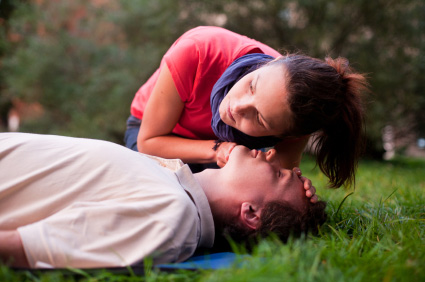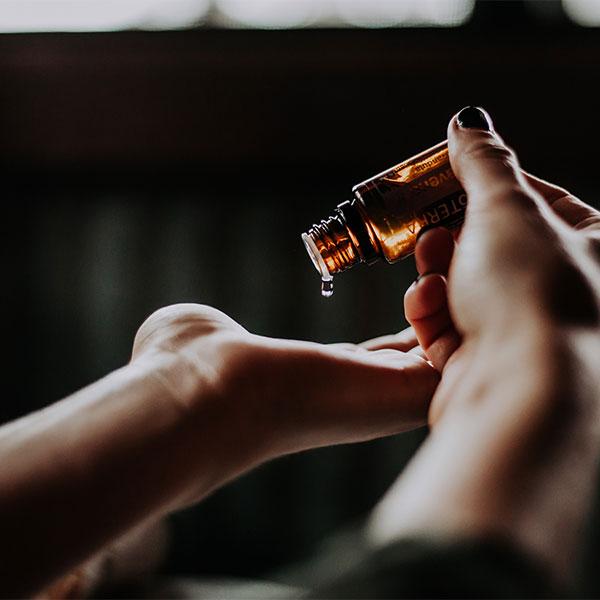Cardiopulmonary Resuscitation (CPR) is a vital skill that can double a person's chance of survival in the event of sudden cardiac arrest. CPR helps maintain blood flow to the brain and heart until emergency help arrives. This guide explains how to perform CPR effectively and safely.

Steps to Perform CPR
1. Check the Victim
Assess the situation. Did you witness the collapse? Check if the victim is breathing or responsive. Be cautious of your surroundings to avoid any potential hazards like insect bites or stings.
2. Call for Help
If the victim is unresponsive and not breathing, call 911 immediately. Instead of shouting for help, designate someone specific to make the call. Emergency dispatchers can guide you through CPR if needed.
3. Perform Chest Compressions
If the victim isn't breathing normally or showing signs of movement, begin chest compressions:
- Place your hand on the center of the chest, four fingers above the ribcage.
- Interlock your fingers, lock your elbows, and push down 2 inches at a rate of 100-120 compressions per minute.
- For children (ages 1-8), use one hand for compressions.
- For infants, use two fingers for gentle compressions.
4. Provide Rescue Breaths
After 30 compressions, give two rescue breaths:
- Tilt the victim's head back and lift their chin to open the airway.
- Pinch their nose, cover their mouth with yours, and blow until their chest rises.
- For children, use normal breaths. For infants, provide gentle breaths.
5. Continue CPR
Alternate between chest compressions and rescue breaths until help arrives. If an Automated External Defibrillator (AED) is available, attach it and follow the instructions provided.
Common Complications
Vomiting is a frequent complication during CPR. If it occurs:
- Turn the victim's head to the side.
- Clear the airway by sweeping out the mouth.
Concerned about infections? The risk is extremely low. Most CPR incidents occur at home with a family member as the victim, and no cases of HIV or AIDS transmission through CPR have been documented.
6. Once Help Arrives
When paramedics arrive, give them space to take over, even if you're in the middle of a CPR cycle.
For a quick reference, download a CPR pocket guide. Mobile apps for iPhone and Android are also available.













